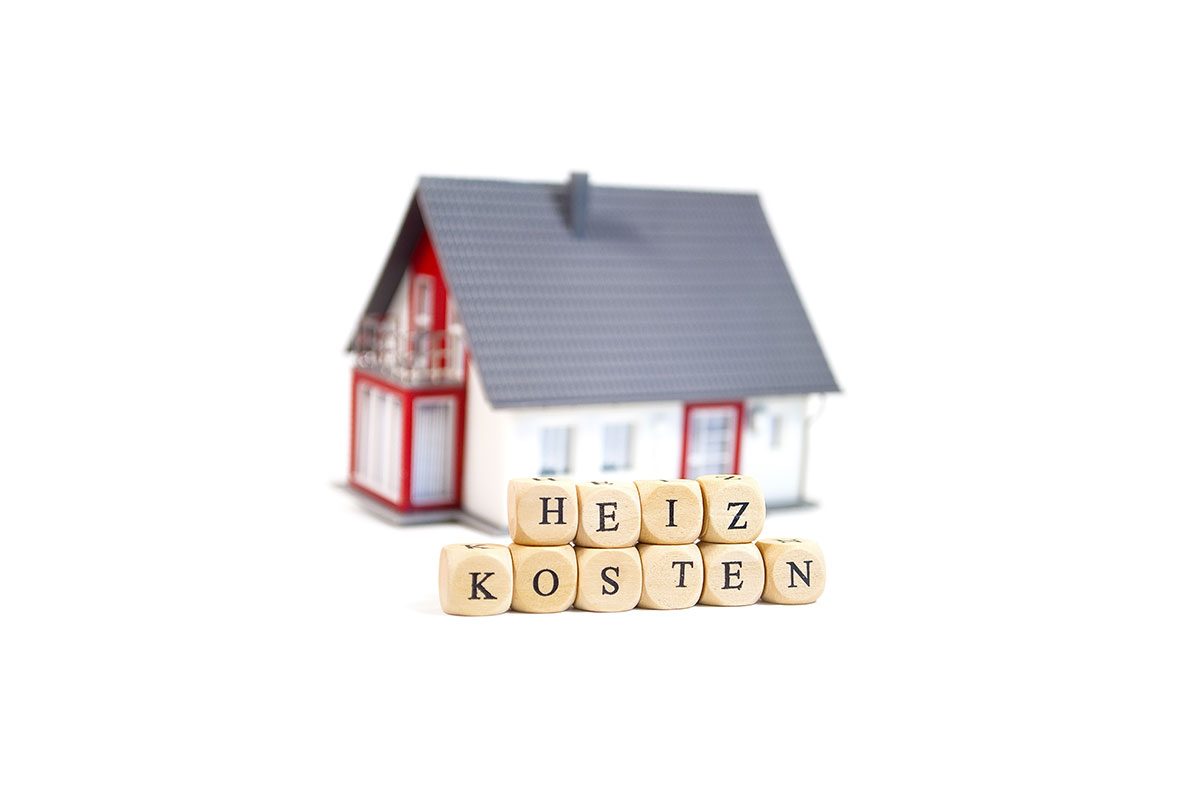The stored carbon in the wood, which was originally taken from the CO2 in the atmosphere, combines again with the oxygen contained in the air when wood is burnt. In the process, the originally stored CO2 is released again in the same quantity that was once taken out of the air. This means that burning wood is absolutely CO2-neutral!
For low-emission and efficient heating with wood, the quality of the fuel is crucial. The wood must be clean and must not have any mould or rot. The wood moisture content must never exceed 25%. The drier the wood, the more efficient and environmentally friendly your heating. The wood should be dried for at least two to three years to achieve an optimal degree of dryness.
Modern wood gasification boilers work very efficiently and comply with all legal flue gas and dust values. The prerequisite for this is wood of good quality so that the heating system can be operated in an environmentally friendly manner, with low emissions. For example, if wood that is too moist is burned, more than one fifth of the energy is lost in the energy required to dry the wood in the boiler. The efficiency deteriorates enormously and the burden on the environment from poorly burnt wood increases.
Logs should be clean and as dry as possible before they are burned. Under no circumstances should treated wood (impregnated or painted), chipboard, plastics or other waste be burnt. This is prohibited by law and can also lead to the loss of the manufacturer's warranty.
Freshly cut wood usually has a high wood moisture content. Softwood has a wood moisture content of about 55 –70% (water content 35 – 41%), hardwoods about 70 – 100% (water content 41 –50%). For combustion of the wood, the wood moisture should preferably be below 20% (water content < 16%). For this, the wood must be stored dry for at least one year before it can be burned.
Different volume units are used for wood. A distinction is made between cubic metres, solid cubic metres and loose cubic metres. The cubic metre is a stack of logs, the outer edges of which are 1 m x 1 m x 1 m. The spaces in between are included in the calculation. The loose cubic metre, on the other hand, is wood that has been loosely poured into a container measuring 1 m x 1 m x 1 m. Here, too, the spaces in between are included in the calculation. There are no gaps in the solid cubic metre. This consists of 1 m³ of solid wood without gaps.
Water vapour and oxygen are released when wood is heated above 150°C. As the temperature rises further, the lignin and cellulose contained in the wood also gasify, producing a combustible gas mixture. If air is supplied, this "wood gas" ignites at a temperature of approximately 230 – 280°C. So the wood itself does not burn, but the escaping wood gases do. What remains are the solid residues of ash and charcoal.
